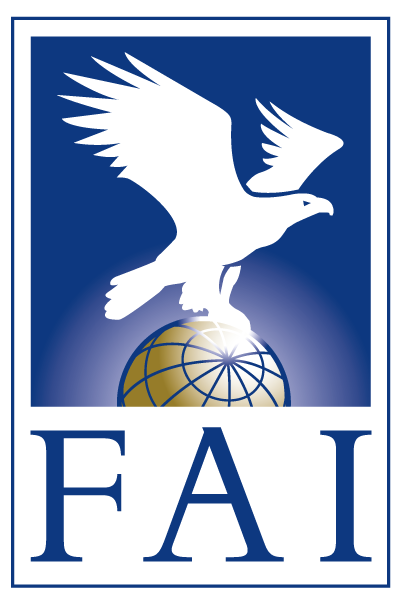Book Article about 6th Coupe Aéronautique Gordon Bennett
From the Book: Die Gordon Bennett Ballon Rennen
(The Gordon Bennett Races) by Ulrich Hohmann Sr
Start: Kansas-City, October 5th, 5 p.m.
America had to put something right after the after the organizational hitches the year before and it was for a big goal! America had won the race twice in a sequence, a victory this year would give them final possession of the cup. All efforts for this purpose were taken. The utmost best balloon-pilots should be sent to the race, so the Americans held a kind of a national championship for the first time, in which the three pilots had to qualify. Also, the national aero club laid down that the American competitors had to fly with new balloons, made of fabric coated with rubber. Harry E. Honeywell could not organize such an envelope and was put out of the race. The Americans believed that the chances for a third sequential victory were good without him as well. Frank P. Lahm, winner of 1906, was to start again. John W. Berry and William Assmann had proved their skill in the national championship.
Only six balloons were entered, the three Americans had to face two Germans and one French. Harry E. Honeywell flew out of competition and covered about 30 miles more than the winner. The regulation with the new envelopes proved to become a boomerang, but could not be changed subsequently. But would there have been a seventh race, if the cup had already found its final owner after such a short period? –Doubts are allowed.
Preparations in Kansas City were perfect. The gas works, like in 1907, had delivered a special light weight coal gas, so the six balloons of 2200 m³ were filled quick. This size of the envelopes had proved perfect for coal gas and were considered as adequate for Gordon Bennett Races from then on.
Even if the race launched on a Thursday, a lot of spectators had shown up, all hoping for the victory of an American. It did not work. Hans Gericke, second in the previous year, flew 757 kilometres in a rainy night and so collected the second victory for Germany.
Hans Gericke was an engineer and reserve first lieutenant. So it is written in the pilots list of his home club, the Berliner Verein für Luftschiffahrt. He was born in Potsdam on December 8th, 1871, and still lived there in the Schloßstraße in 1911. First he worked at the Schuckert-factory (later Siemens), then changed to the main office of the Royal Railway in Berlin. Later he was an engineer in large industrial plants in Canada and Denver, Colorado, USA.
He joined ballooning in 1908. In August 1909 he became pilot. Besides the second place in the race 1910 he won prizes in several other international competitions. Seven days before the launch of the next race, on October 20th 1912, he and his companion, first Lieutenant Wilhelm Stieler, fell to death from 700m with the balloon REICHSFLUGVEREIN I near Riesa (Saxony).
Return to 6th Coupe Aéronautique Gordon Bennett
